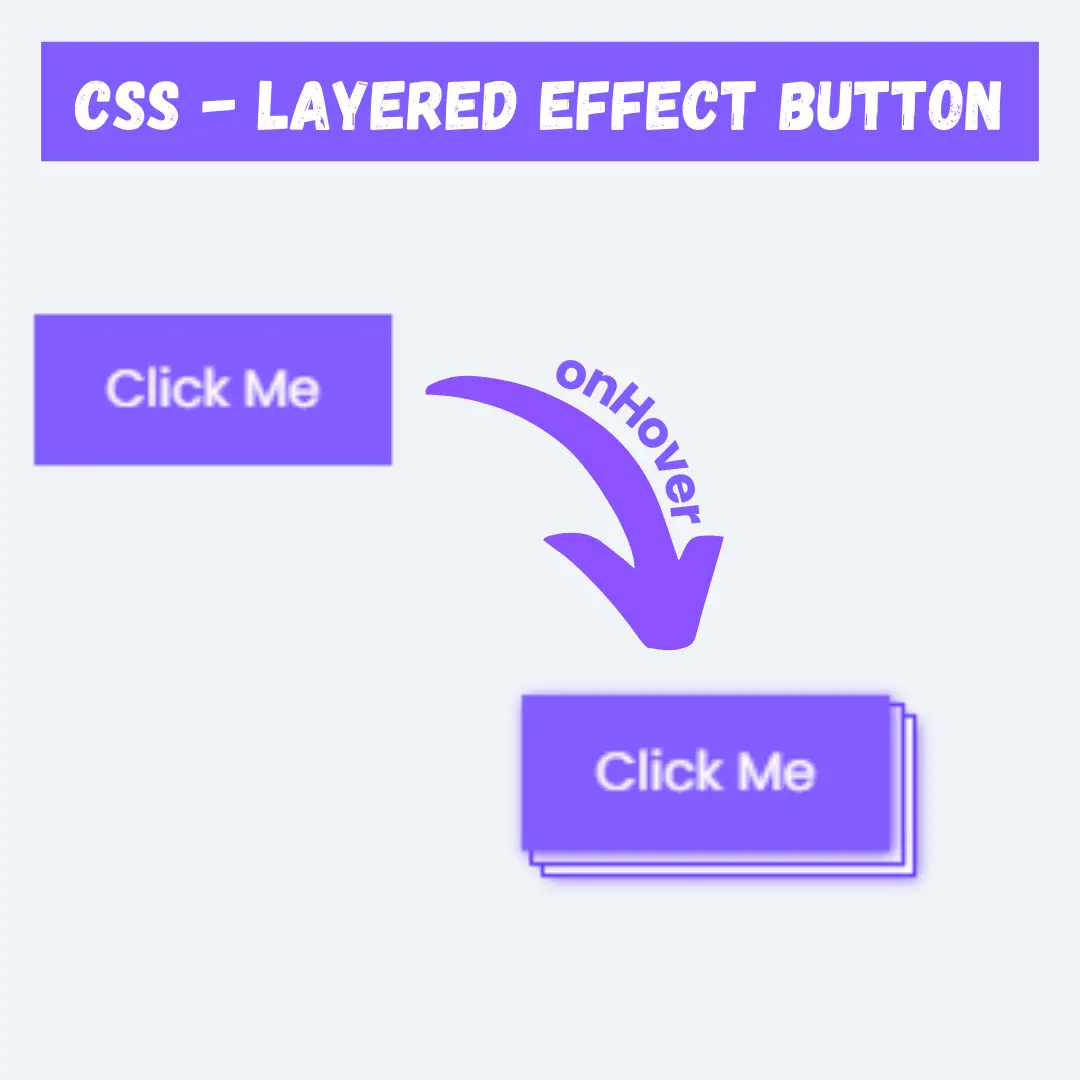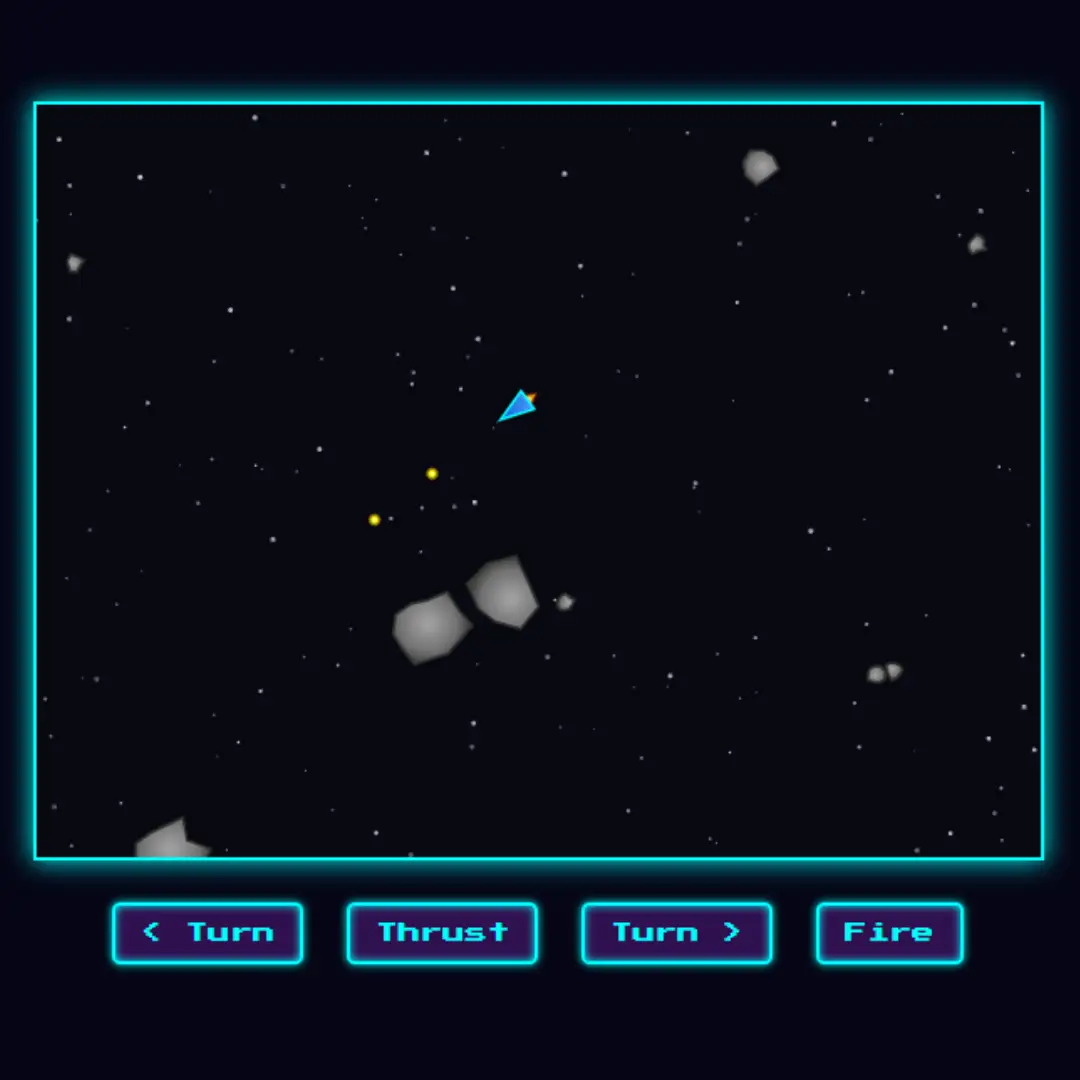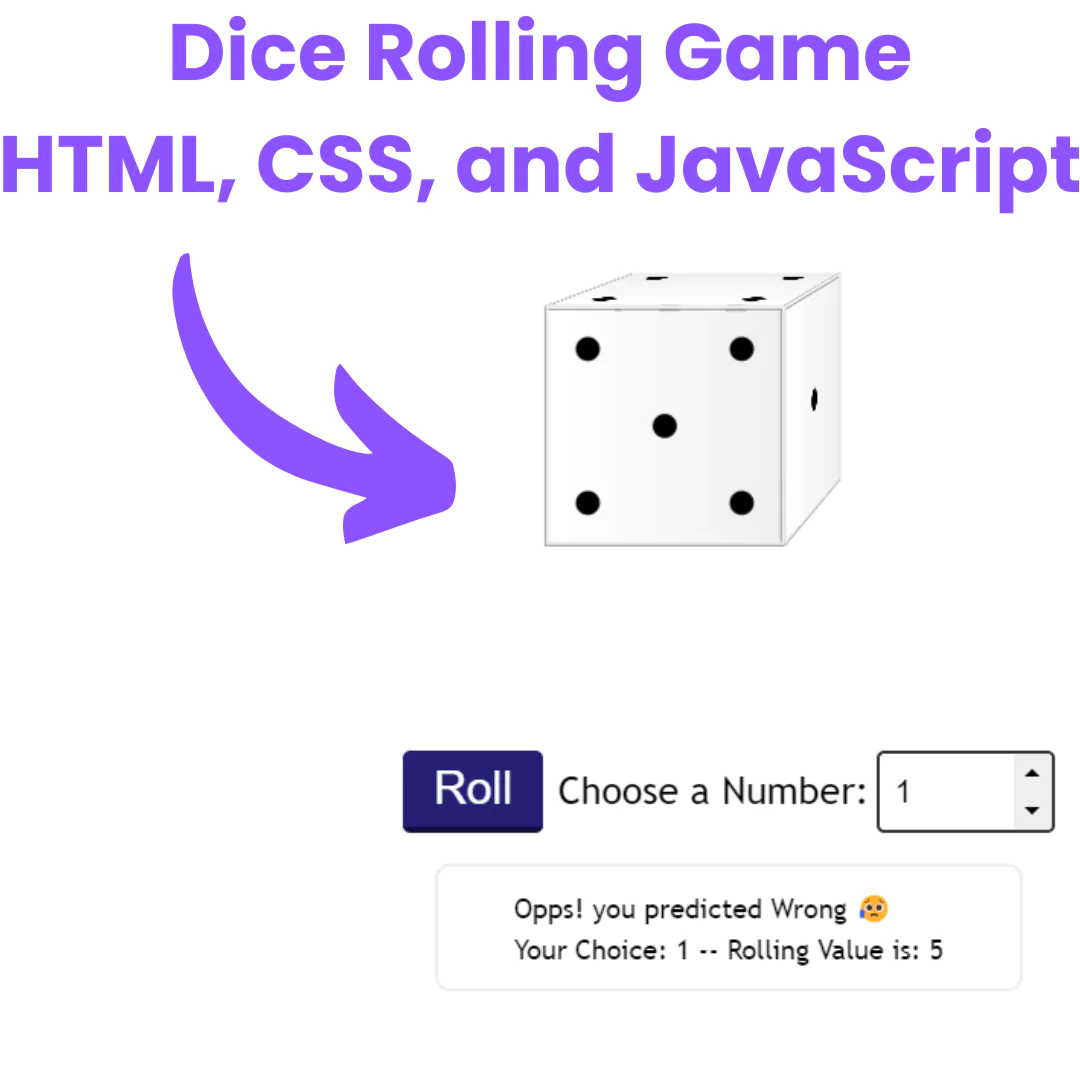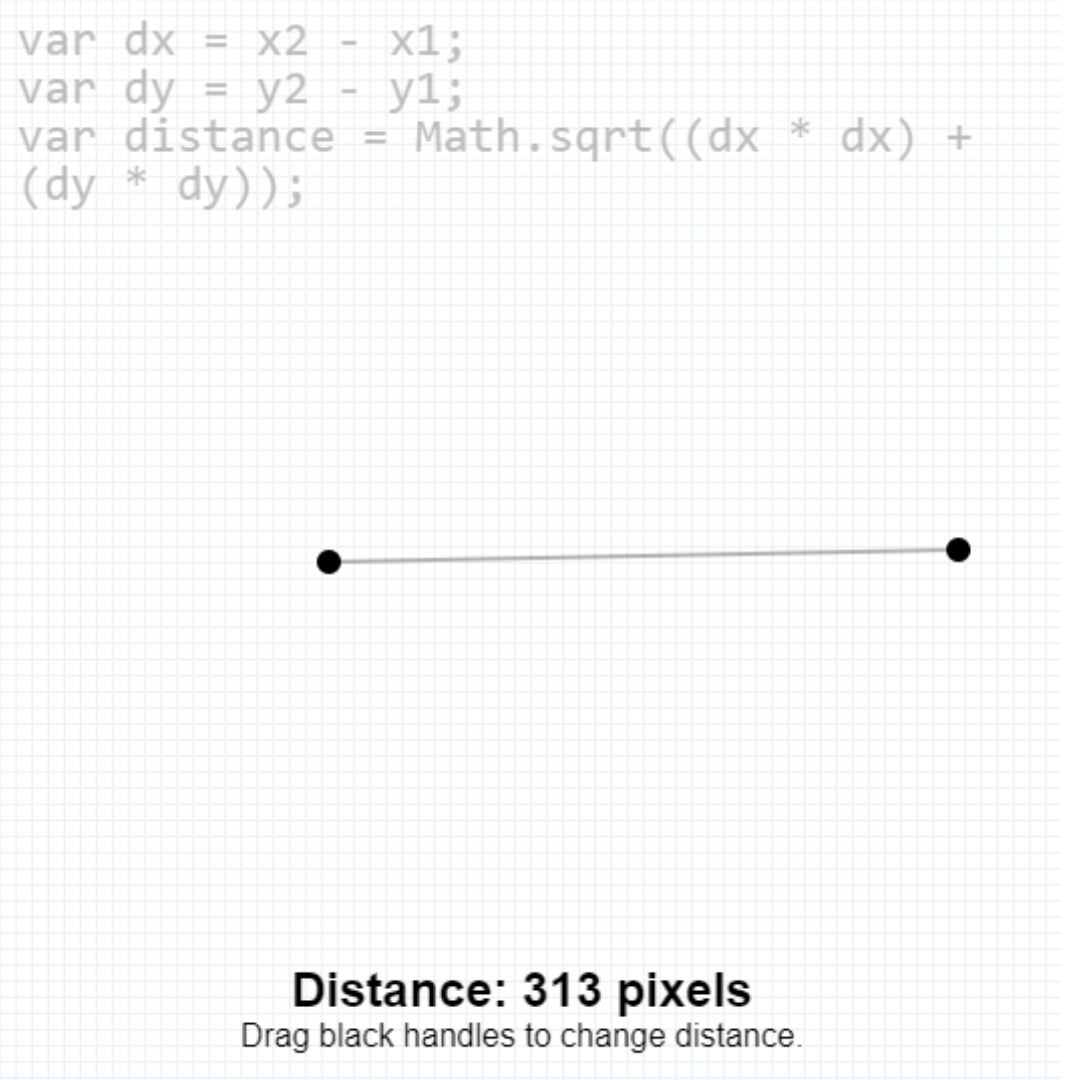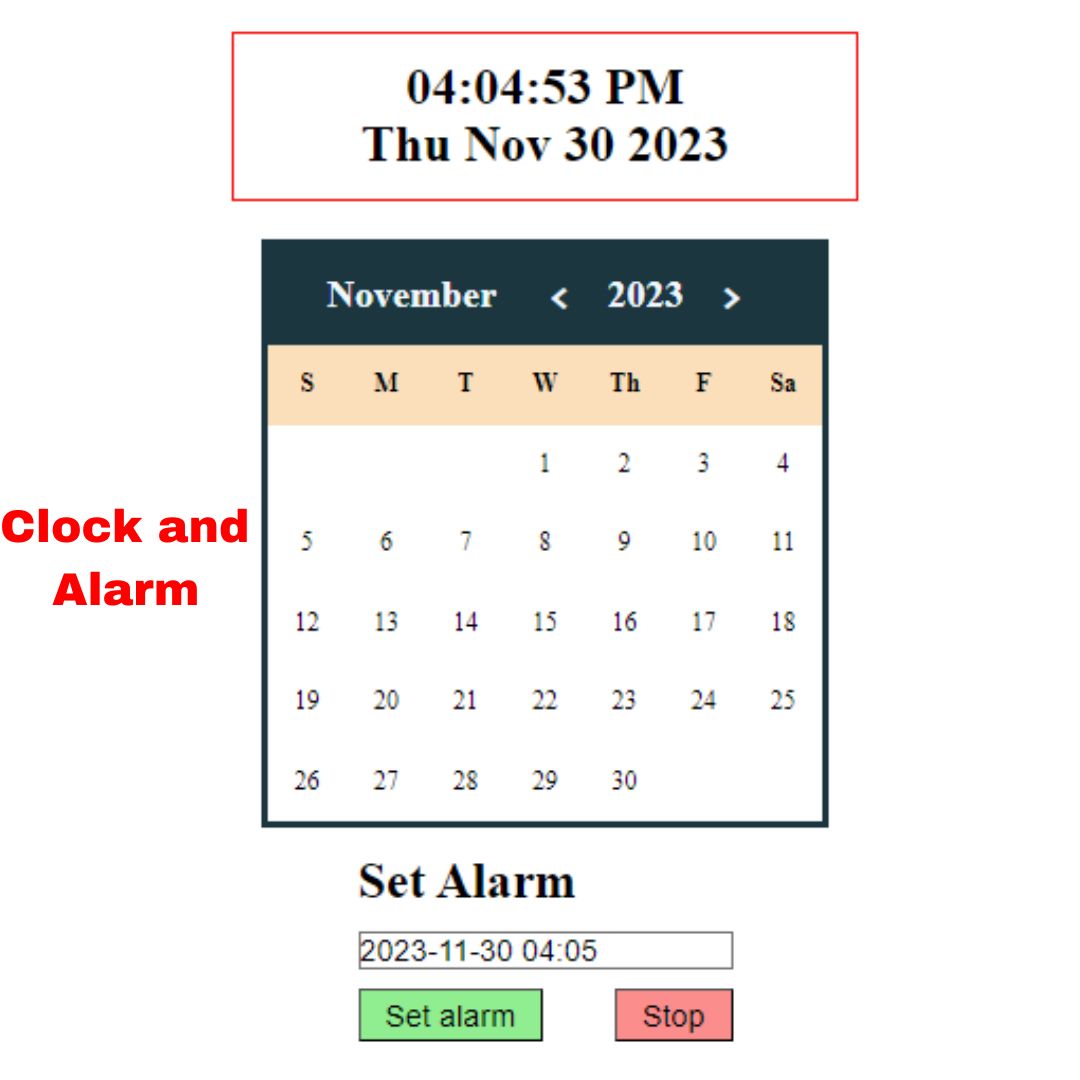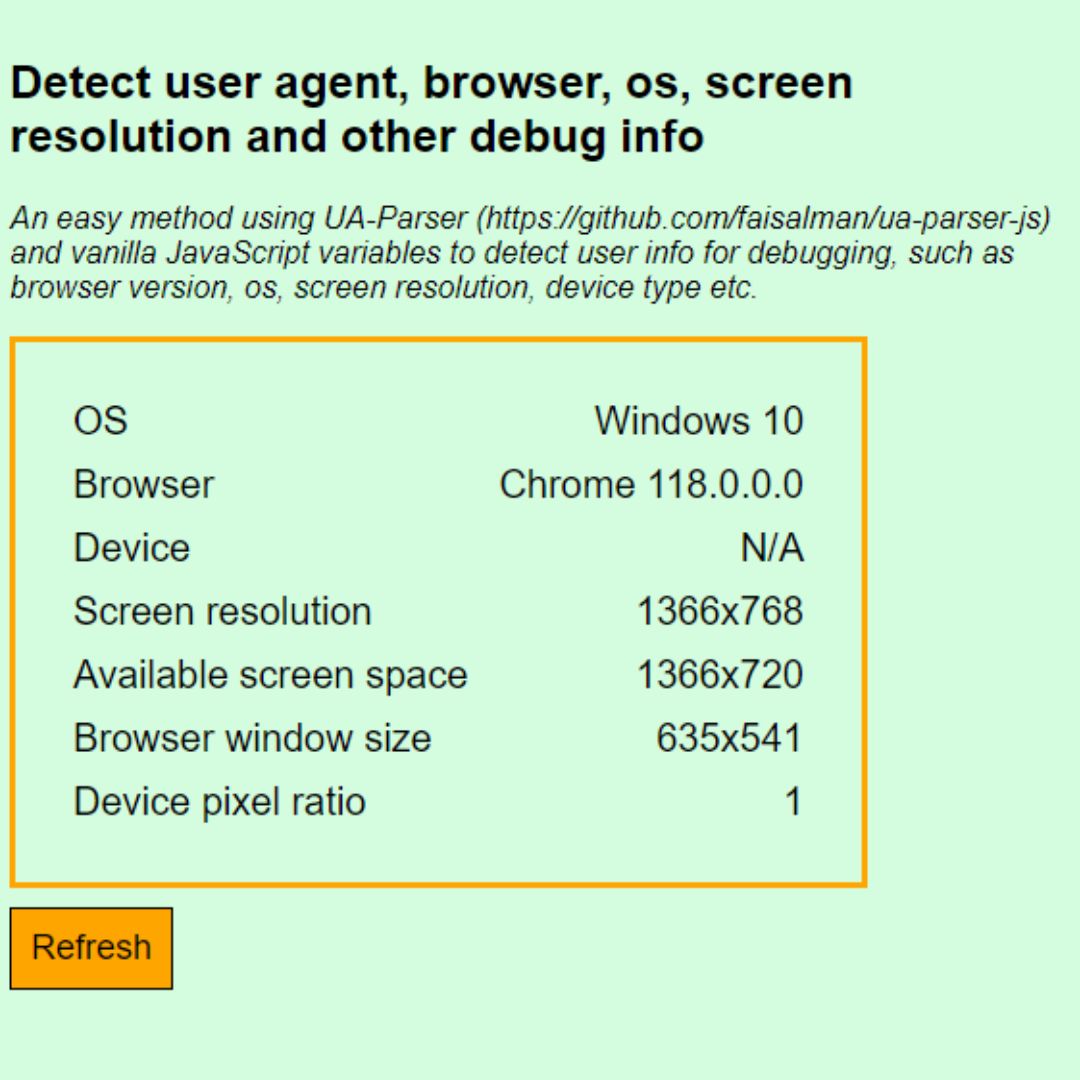Learn how to create a Python age calculator from scratch. Follow our step-by-step guide, complete with source code examples, and start calculating ages effortlessly.

Python is a versatile programming language that offers a wide range of applications. One useful application is calculating age based on a given date of birth. In this article, we will explore a Python age calculator source code that enables users to calculate their age quickly and effortlessly.
Table of Contents
- Introduction to Python Age Calculator
- Importance of Age Calculation
- Understanding the Source Code
- Step-by-Step Guide to Using the Age Calculator
- Conclusion
Introduction to Python Age Calculator
Age calculation plays a crucial role in various fields, including healthcare, legal matters, and demographic analysis. Similarly, a birthday calculator helps determine the day of the week, upcoming birthdays, and age milestones. Python, with its simplicity and powerful libraries, provides an ideal platform to develop both age and birthday calculator.
Importance of Age Calculation
Age calculation is essential in numerous situations. From determining eligibility for certain benefits to complying with legal requirements, accurate age calculation is paramount. Python's age calculator simplifies this process, allowing users to calculate age with ease.
Understanding the Source Code
We need a few essential libraries to develop the Python age calculator. The datetime library provides functions to work with dates, while the tkinter library is used for creating graphical user interfaces (GUIs).
The source code consists of a function that takes the user's date of birth as input and returns their age. It calculates the difference between the current date and the provided date of birth, taking into account leap years and varying month lengths.
Step-by-Step Guide to Using the Age Calculator
1. Installing Python and IDE
To get started, install Python from the official website (https://www.python.org) and choose an integrated development environment (IDE) such as PyCharm, Visual Studio Code, or Jupyter Notebook.
2. Setting Up the Development Environment
After installing Python and the preferred IDE, set up a new project or create a new Python file. Make sure to import the necessary libraries by including the following lines of code:
import tkinter as tk from datetime import date
3. Writing the Source Code
Next, define the function that will calculate the age based on the provided date of birth.
# import libraries
import tkinter as tk
from datetime import date
# GUI App class
class App:
def __init__(self):
# initialized window
self.master = tk.Tk()
self.master.geometry('280x300')
self.master.configure(bg="lightblue")
self.master.resizable(0, 0)
self.master.title('Age Calculator')
self.statement = tk.Label(self.master)
def run(self):
# creating a label for person's name to display
self.l1 = tk.Label(text="Name: ", font="courier 10", bg="lightblue")
self.l1.grid(row=1, column=0)
nameValue = tk.StringVar()
# creating a entry box for input
self.nameEntry = tk.Entry(self.master, textvariable=nameValue, relief="solid")
self.nameEntry.grid(row=1, column=1, padx=10, pady=10)
# label for year in which user was born
self.l2 = tk.Label(text="Year: ", font="courier 10", bg="lightblue")
self.l2.grid(row=2, column=0)
yearValue = tk.StringVar()
self.yearEntry = tk.Entry(self.master, textvariable=yearValue, relief="solid")
self.yearEntry.grid(row=2, column=1, padx=10, pady=10)
# label for month in which user was born
self.l3 = tk.Label(text="Month: ", font="courier 10", bg="lightblue")
self.l3.grid(row=3, column=0)
monthValue = tk.StringVar()
self.monthEntry = tk.Entry(self.master, textvariable=monthValue, relief="solid")
self.monthEntry.grid(row=3, column=1, padx=10, pady=10)
# label for day/date on which user was born
self.l4 = tk.Label(text="Day: ", font="courier 10", bg="lightblue")
self.l4.grid(row=4, column=0)
dayValue = tk.StringVar()
self.dayEntry = tk.Entry(self.master, textvariable=dayValue, relief="solid")
self.dayEntry.grid(row=4, column=1, padx=10, pady=10)
def check_year():
#simple method to check the validity of a user input birth year
self.statement.destroy()
today = date.today()
try:
year = int(self.yearEntry.get())
if today.year - year < 0:
self.statement = tk.Label(text=f"{nameValue.get()}'s age cannot be negative.", font="courier 10", bg="lightblue")
self.statement.grid(row=6, column=1, pady=15)
return False
else:
return True
except Exception as e:
self.statement = tk.Label(text=f"{nameValue.get()}'s birth year cannot parse to int.", font="courier 10", bg="lightblue")
self.statement.grid(row=6, column=1, pady=15)
return False
def check_month():
#simple method to check the validity of a user input birth month
self.statement.destroy()
try:
month = int(self.monthEntry.get())
if month < 0 or month > 12:
self.statement = tk.Label(text=f"{nameValue.get()}'s birth month is outside 1-12.", font="courier 10", bg="lightblue")
self.statement.grid(row=6, column=1, pady=15)
return False
else:
return True
except Exception as e:
self.statement = tk.Label(text=f"{nameValue.get()}'s birth month cannot parse to int.", font="courier 10", bg="lightblue")
self.statement.grid(row=6, column=1, pady=15)
return False
def check_day():
#simple method to check the validity of a user input birth day
self.statement.destroy()
try:
day = int(self.dayEntry.get())
if day < 0 or day > 31:
self.statement = tk.Label(text=f"{nameValue.get()}'s birth day is outside 1-31.", font="courier 10", bg="lightblue")
self.statement.grid(row=6, column=1, pady=15)
return False
else:
return True
except Exception as e:
self.statement = tk.Label(text=f"{nameValue.get()}'s birth month cannot parse to int.", font="courier 10", bg="lightblue")
self.statement.grid(row=6, column=1, pady=15)
return False
# defining the function for calculating age
def ageCalc():
self.statement.destroy()
today = date.today()
#adding some stuff for checking validity of inputs
if check_year() and check_month() and check_day():
birthDate = date(int(self.yearEntry.get()), int(
self.monthEntry.get()), int(self.dayEntry.get()))
age = today.year - birthDate.year
if today.month < birthDate.month or today.month == birthDate.month and today.day < birthDate.day:
age -= 1
self.statement = tk.Label(text=f"{nameValue.get()}'s age is {age}.", font="courier 10", bg="lightblue")
self.statement.grid(row=6, column=1, pady=15)
# create a button for calculating age
self.button = tk.Button(text="Calculate age", font="courier 12 bold", fg="white", bg="dodgerblue", command=ageCalc)
self.button.grid(row=5, column=1)
# infinite loop to run program
self.master.mainloop()
if __name__ == '__main__':
age_calc = App()
age_calc.run()
4. Explanation of Source Code
Here's a breakdown of how the code works:
- The necessary libraries are imported:
tkinter: This library is used for creating the graphical user interface.datefromdatetime: This library is used for working with dates.- The
Appclass is defined, representing the GUI application. It has the following features: - The constructor (
__init__) initializes the main window of the application with specific dimensions, background color, and title. - The
runmethod sets up the GUI elements, such as labels and entry boxes for the user to input their name and birthdate information. - The
check_year,check_month, andcheck_dayfunctions are defined to validate the user's input for the birth year, month, and day, respectively. They check if the input is a valid integer within the expected range. If there is an error or the input is invalid, an appropriate error message is displayed using theLabelwidget. - The
ageCalcfunction is defined to calculate the age based on the user's input. It uses thedate.today()function to get the current date and compare it with the user's birthdate. The calculated age is then displayed using theLabelwidget. - The
runmethod continues with the setup of the GUI by creating a button that calls theageCalcfunction when clicked. - Finally, an instance of the
Appclass is created, and therunmethod is called to start the GUI application.
To summarize, this script creates a simple GUI application that allows the user to input their name and birthdate. When the user clicks the "Calculate age" button, the application calculates the age based on the current date and the provided birthdate and displays the result on the screen.
Conclusion
In this tutorial, we learned how to build a Python age calculator from scratch. By leveraging Python's date manipulation capabilities, we were able to calculate a person's age based on their birth date. We covered the steps of obtaining user input, performing date calculations, and displaying the calculated age.
Furthermore, we explored error handling and input validation techniques to ensure the calculator can handle unexpected inputs gracefully. We also discussed potential enhancements such as calculating age in different units and accounting for leap years.
By following this tutorial, you now have the knowledge and skills to create your own age calculator in Python. This project not only helps you understand date manipulation concepts but also equips you with valuable skills for handling dates in real-world applications.
Now it's time to apply what you've learned and start building innovative applications that involve age calculations using Python. Enjoy exploring the possibilities and expanding your Python programming skills!
That’s a wrap!
I hope you enjoyed this article
Did you like it? Let me know in the comments below 🔥 and you can support me by buying me a coffee.
And don’t forget to sign up to our email newsletter so you can get useful content like this sent right to your inbox!
Thanks!
Faraz 😊










